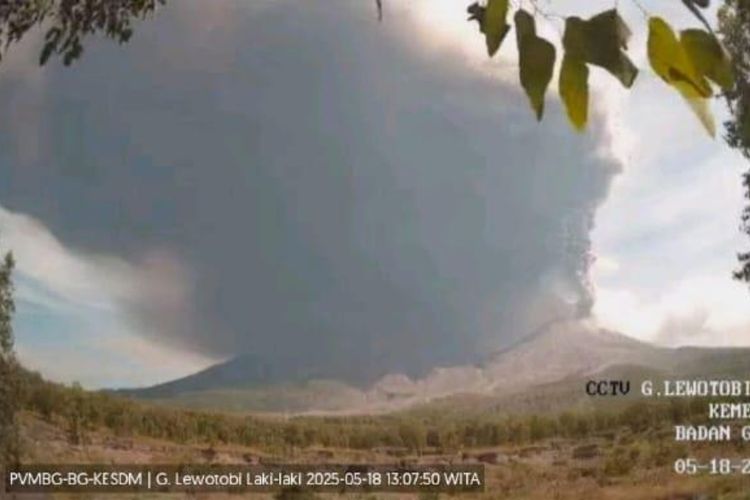
The Shiro Corporation - Since 2023, the activity of Mount Lewotobi Laki-Laki in East Flores, East Nusa Tenggara (NTT) has been fluctuating. Repeated eruptions have occurred. This includes the eruption on Tuesday evening (17/6). The National Disaster Management Agency (BNPB) noted that this eruption was the largest of the year so far.
The height of the ash column in that eruption was indeed high. It reached 10 kilometers, even more. According to BNPB records, the eruption of Mount Lewotobi Laki-Laki with an ash column height between 6-10 thousand or more only occurred a few times during the period from late 2023 to mid-2024. BNPB also noted that a major eruption of that volcano occurred back in 1921.
"The next significant eruption occurred in 1935, marked by an explosive eruption that ejected ash and glowing lava, along with a quite drastic increase in seismic activity," explained Abdul Muhari, Head of Data, Information, and Communication Center at BNPB.
After that, in 1970 a Strombolian eruption occurred with material ejected up to several kilometers from the crater. This eruption caused light ash rain in several villages around the mountain. Then, a fairly large eruption occurred in 1991. This eruption was one of the strongest volcanic eruptions at the end of the 20th century.
"The eruption had a significant impact on community activities and led to an increase in the mountain's status to alert level," explained Abdul Muhari.
Furthermore, he stated that the latest eruption which began at the end of 2023 shows a complex pattern of eruptions with several phases of phreatomagmatic and phreatic eruptions. From December 2023 to February 2024, there were recorded ejections of incandescent material, pyroclastic flows, and heavy ash rain which directly impacted several villages such as Boru Village and Klatanlo Village.
"Thousands of residents were forced to evacuate and the status of the mountain was temporarily raised to Level IV Awas. Activities began to gradually decrease towards the middle of 2024, but the condition of the mountain is still considered fluctuating and continues to be closely monitored," he explained.
Comments
Post a Comment